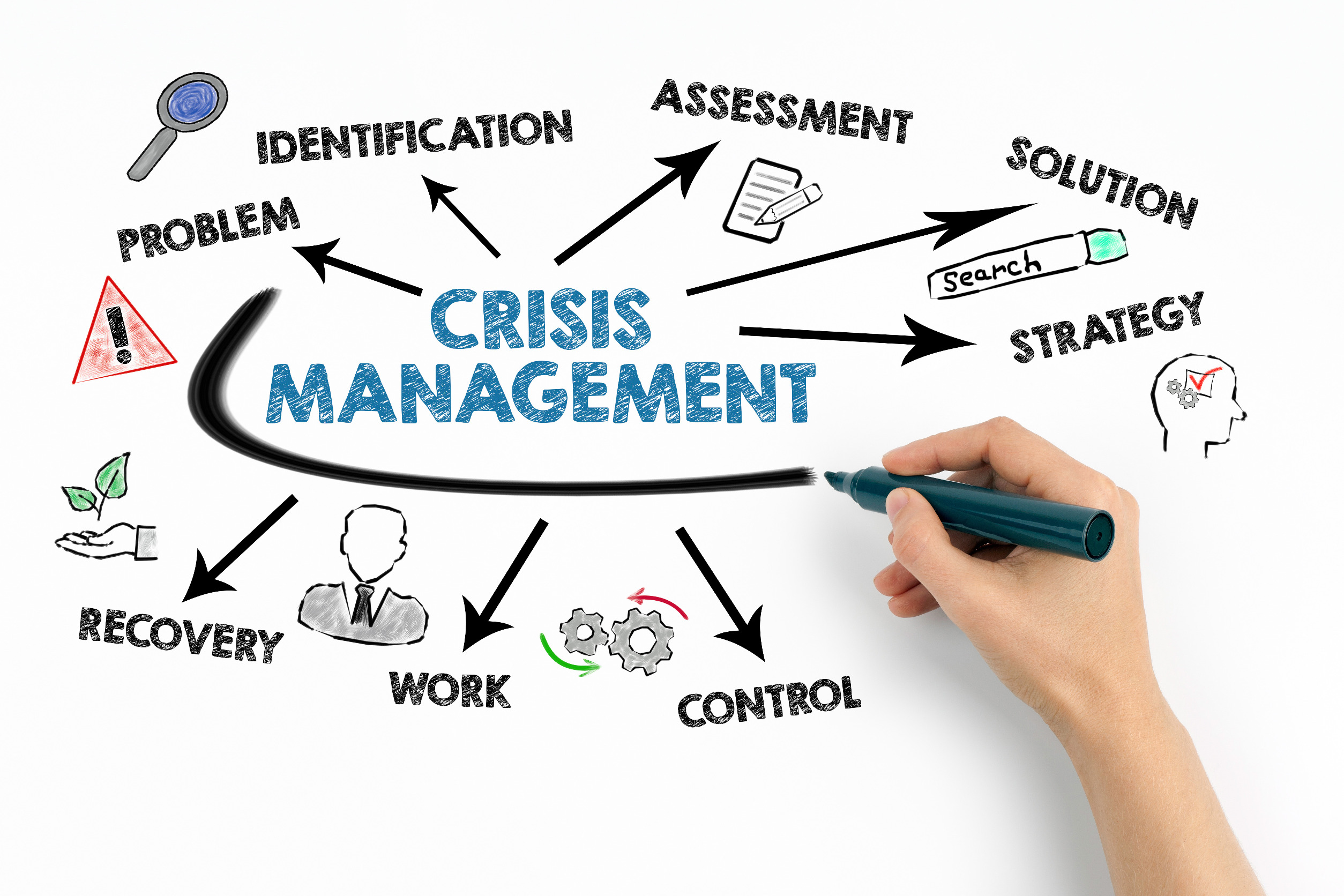Change happens one person at a time.
The work of change planning engages and communicates with various constituencies and stakeholder groups.
However, we ultimately need to help each individual move successfully through the transition process.
The telecommunications and transportation industries have a term for this – the “last mile”.
This is the final link in the chain of getting information, materials, and people to and from homes, offices, and other end-points.
For instance, think of Amazon.com with its distribution network of national, regional, and local centers.
Ideally, each package arrives at a specific address, and pick-up items get returned.
However, this is a notoriously difficult challenge that represents a large part (more than 50% in some cases) of delivery expenses.
USPS, UPS, FedEx, and local services are among the partner resources that Amazon calls on to close this “last mile” gap.
Like Amazon and others, we have a “last mile” challenge in organizational change as well.
Once a project team has defined the path forward, identified the people who need to
- adopt new ways of thinking and working,
- built transition plans to help accomplish the desired shifts, and
- initiate enrollment and communication strategies,
it has typically reached the level of work that corresponds to the “local distribution center.”
Key leaders in each department understand the reasons for change, the shifts needed, and the objectives, measures, and timelines used to track progress.
But there is still work to be done.
The final leg of the challenge is reaching every person who needs to adopt new behaviors and mindsets.
This involves providing the specific information, motivation, and support needed to help them succeed.
At the same time, this is coupled with gathering feedback, concerns, and other information to relay back to the project team.
However, when we don’t deliver at the individual level, we risk failure.
We can’t assume people can to figure things out for themselves based on what they hear through meetings and communications.
Nor will they likely voluntarily take the time to share their issues and questions with the team.
Think of this as the rough equivalent of Amazon asking everyone to pick up their packages at the local warehouse!
Therefore, individual-level change support requires a lot of work.
However, in my experience, we rarely plan or allocate enough time and resources to the task.
Just as Amazon hands off delivery to local-level resources, we must prepare to do the same.
Three main on-the-ground sources of support can help cover the “last mile” effectively:
- Local-Level Sponsors. Supervisors and department managers play a crucial role in working one-on-one with their direct reports to ensure change readiness. They are in the best position to clearly articulate and reinforce expectations for new mindsets and behaviors, notice where people struggle, help find solutions, and most importantly celebrate and share successes.
- Change Agent Networks. Many organizations have established networks of change agents who provide support to their own departments and divisions. They identify training and development needs, help people practice new behaviors, share issues and successes with project teams, and identify those who need extra support.
- Peers. Most work settings have individuals who tend to embrace new ways of operating easily and effectively. They enjoy sharing their knowledge with others. They’re seen as “early adopters,” “super-users,” or “subject-matter experts” who help their peers acquiring new skills, one-on-one. They also model new ways of thinking and encourage and praise their colleagues.
We prepare groups for success by establishing good communication and clear expectations for each of these groups about their roles during change.
In some cases, we must help them free up time and energy for “last mile” work.
Because local change agents do this work on top of a full-time job, they need time officially dedicated to change work.
Managers provide clear guidance to their direct reports about the importance of their role as local sponsors.
Peer coaches dedicate time to this aspect of their role and feel valued and supported for their efforts.
As you plan your initiatives, think about the proportion of resources you spend on each link in the chain.
Are you investing appropriately in reaching each person at their unique place in the organization, for example?
To conclude, what can you do to more effectively and intentionally address the “last mile” challenge in your current work?


























